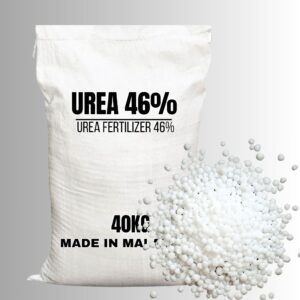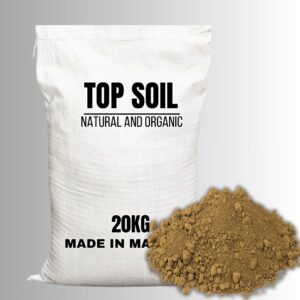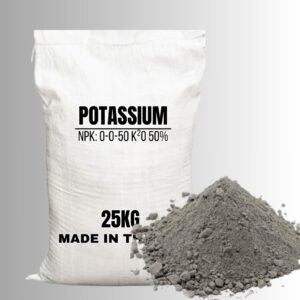Sources of Humic Acid:
- Natural Sources: Humic acid is found in soil, peat, coal, and water.
- Commercial Sources: It can be extracted from leonardite (a form of oxidized lignite) and other organic-rich deposits.
Functions and Benefits:
- Soil Health:
- Soil Structure Improvement: Enhances soil structure by increasing the soil’s capacity to retain water and nutrients.
- Cation Exchange Capacity (CEC): Improves soil’s ability to hold onto essential nutrients, making them more available to plants.
- Microbial Activity: Stimulates beneficial microbial activity in the soil.
- Plant Growth:
- Nutrient Uptake: Enhances the uptake of nutrients by plants through chelation, which makes nutrients more readily available.
- Root Development: Promotes stronger and more extensive root systems, improving plant resilience and productivity.
- Stress Resistance: Increases plants’ resistance to environmental stresses such as drought, disease, and extreme temperatures.
- Environmental Impact:
- Soil Remediation: Can help in the remediation of contaminated soils by binding with toxic metals and organic pollutants.
- Carbon Sequestration: Plays a role in carbon sequestration, helping to mitigate climate change by capturing and storing carbon in the soil.
Applications in Agriculture:
- Soil Amendments: Used as a soil conditioner to enhance soil fertility and structure.
- Fertilizers: Often combined with other fertilizers to improve nutrient availability and efficacy.
- Foliar Sprays: Applied as foliar sprays to boost plant growth and health.
Commercial Forms:
Humic acid is available in various forms, including:
- Liquid Solutions: For easy application in irrigation systems.
- Granules and Powders: For direct soil application or mixing with other soil amendments and fertilizers.
Conclusion:
Humic acid is a valuable natural substance with significant benefits for soil health and plant growth. Its ability to improve soil structure, enhance nutrient uptake, and promote microbial activity makes it an essential component of sustainable agricultural practices. Whether used as a soil amendment or a component of fertilizers, humic acid contributes to healthier soils and more productive crops, supporting long-term agricultural sustainability.






Reviews
There are no reviews yet.